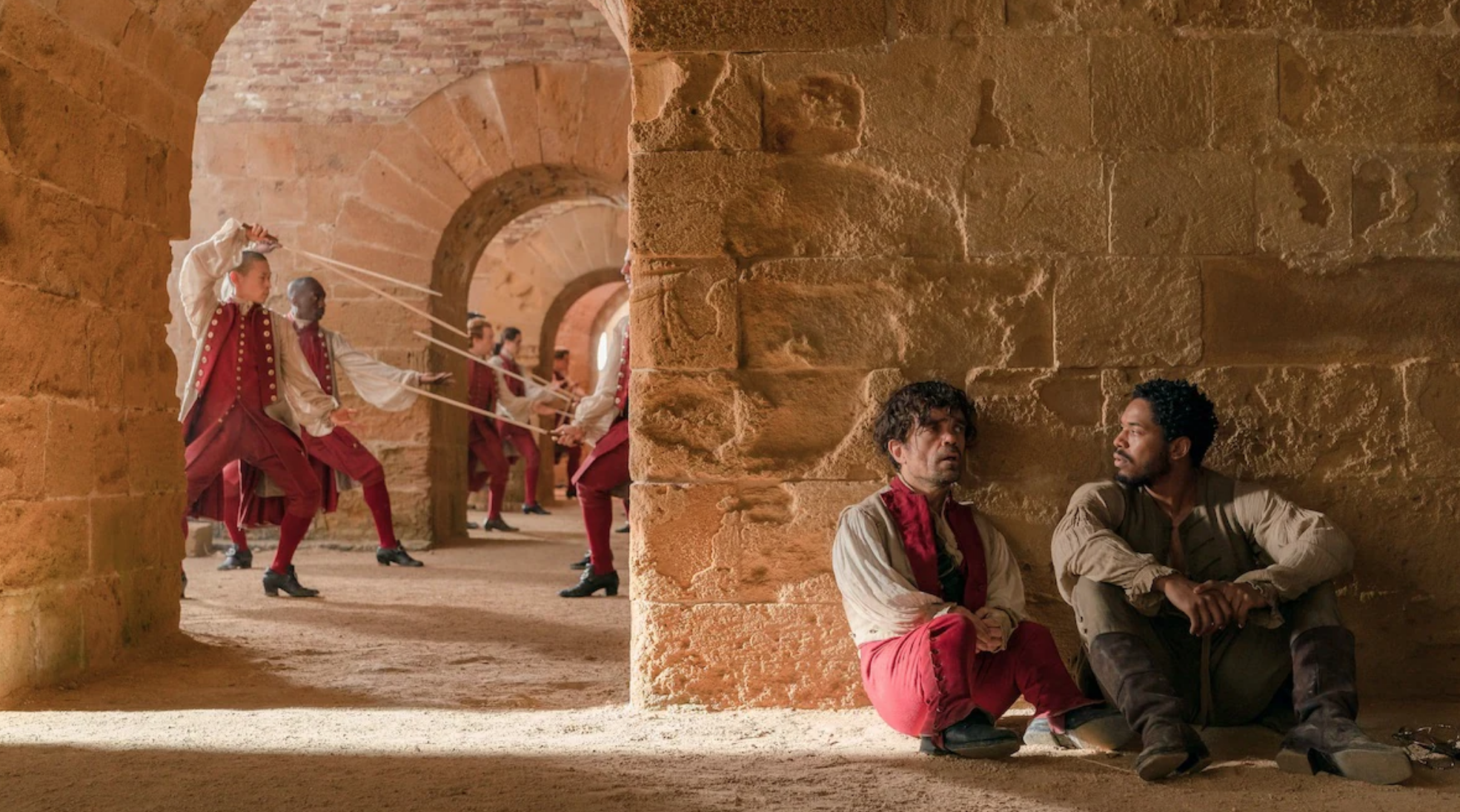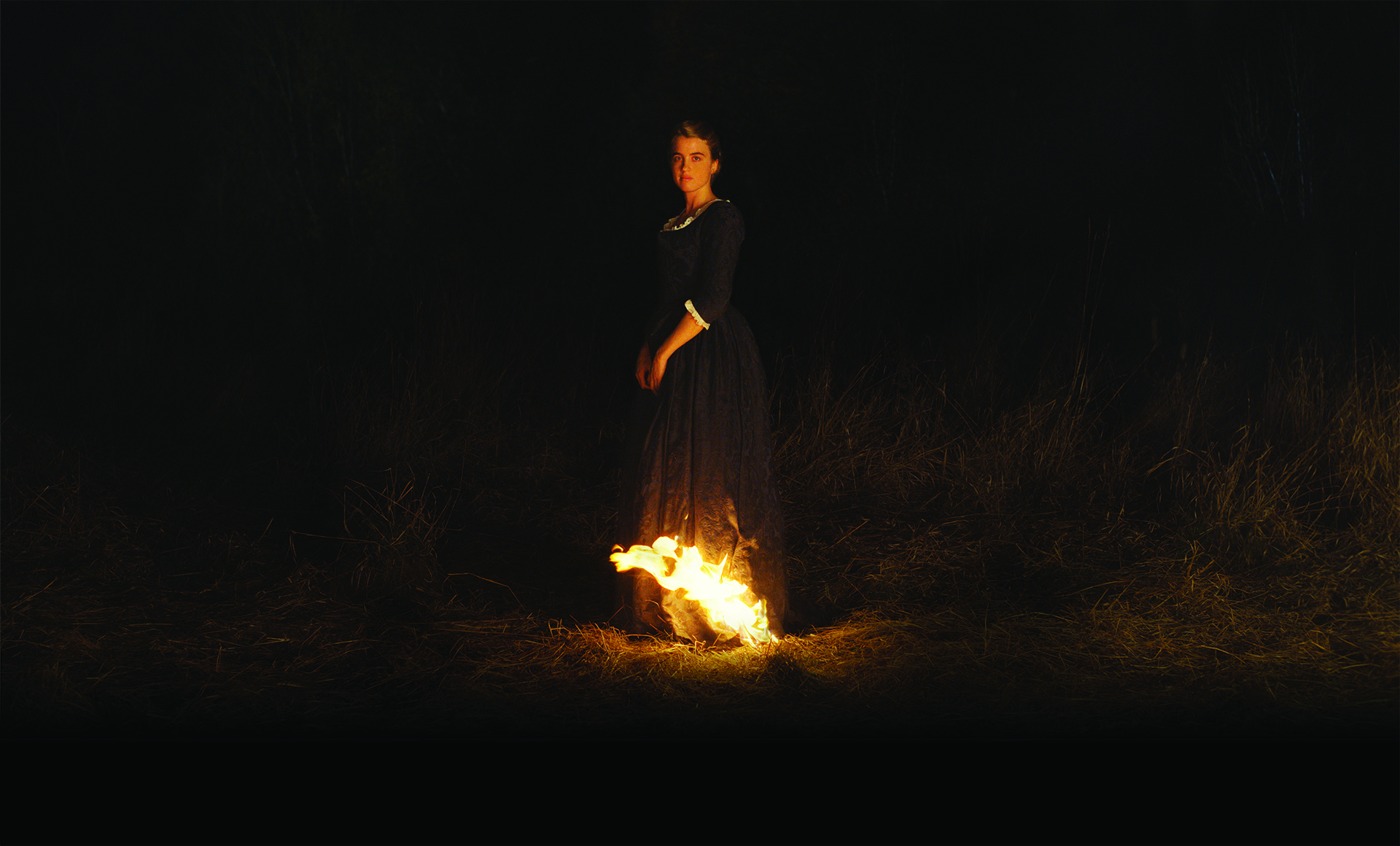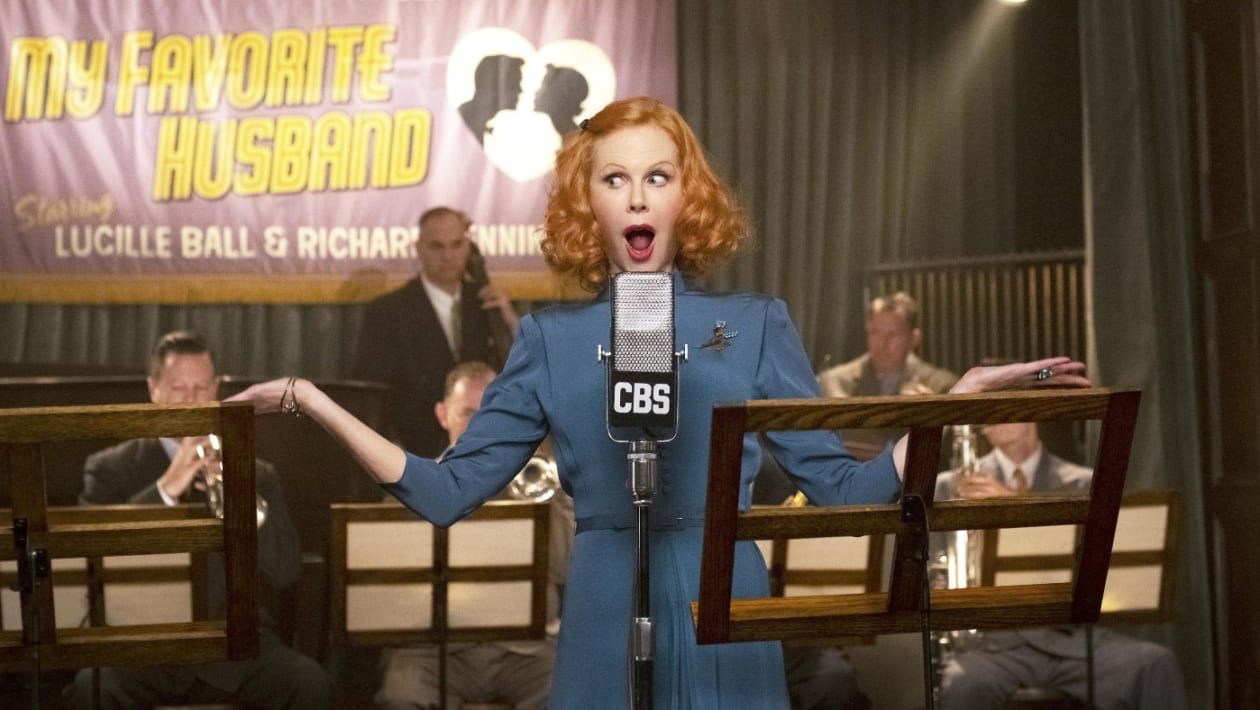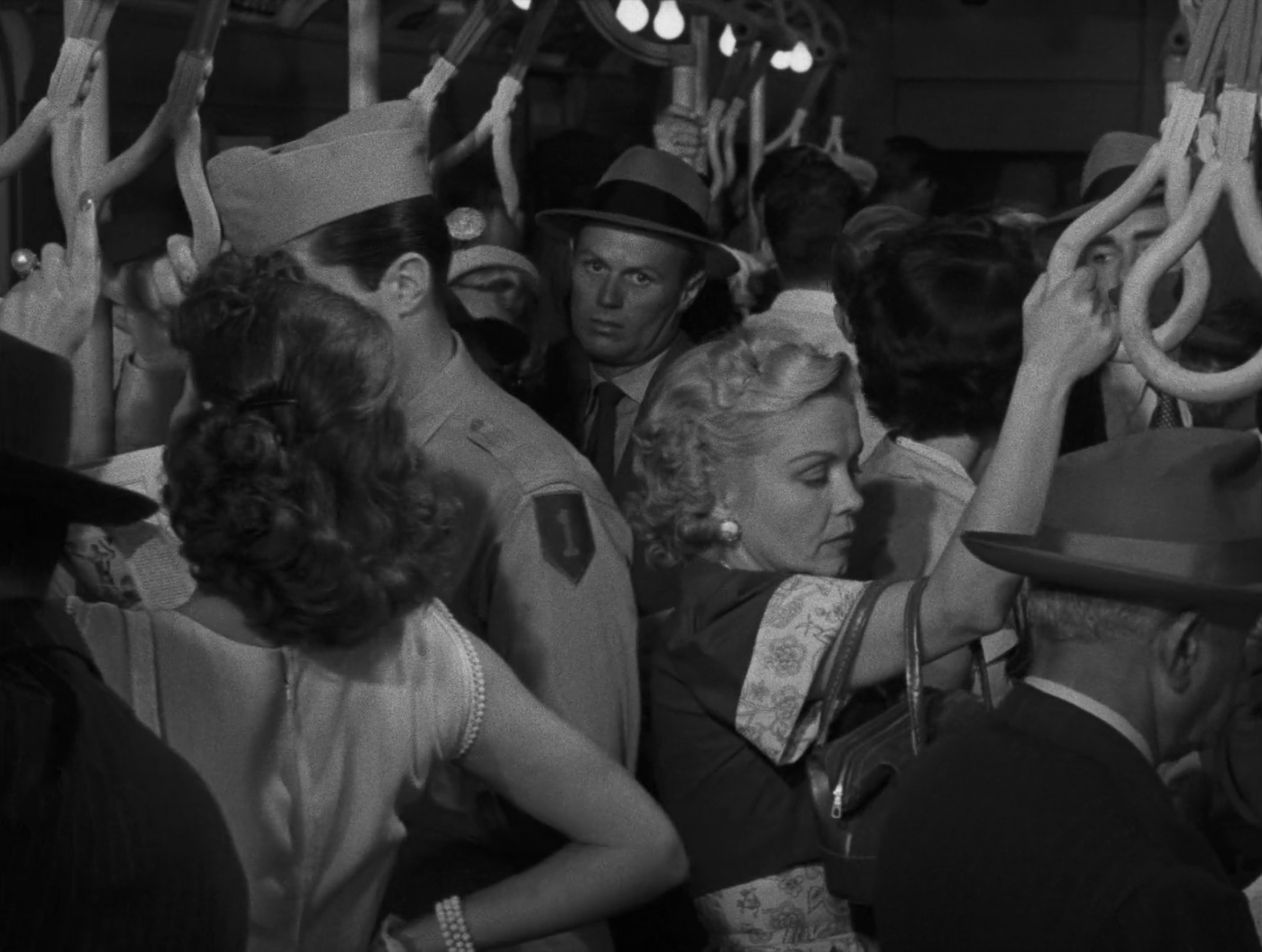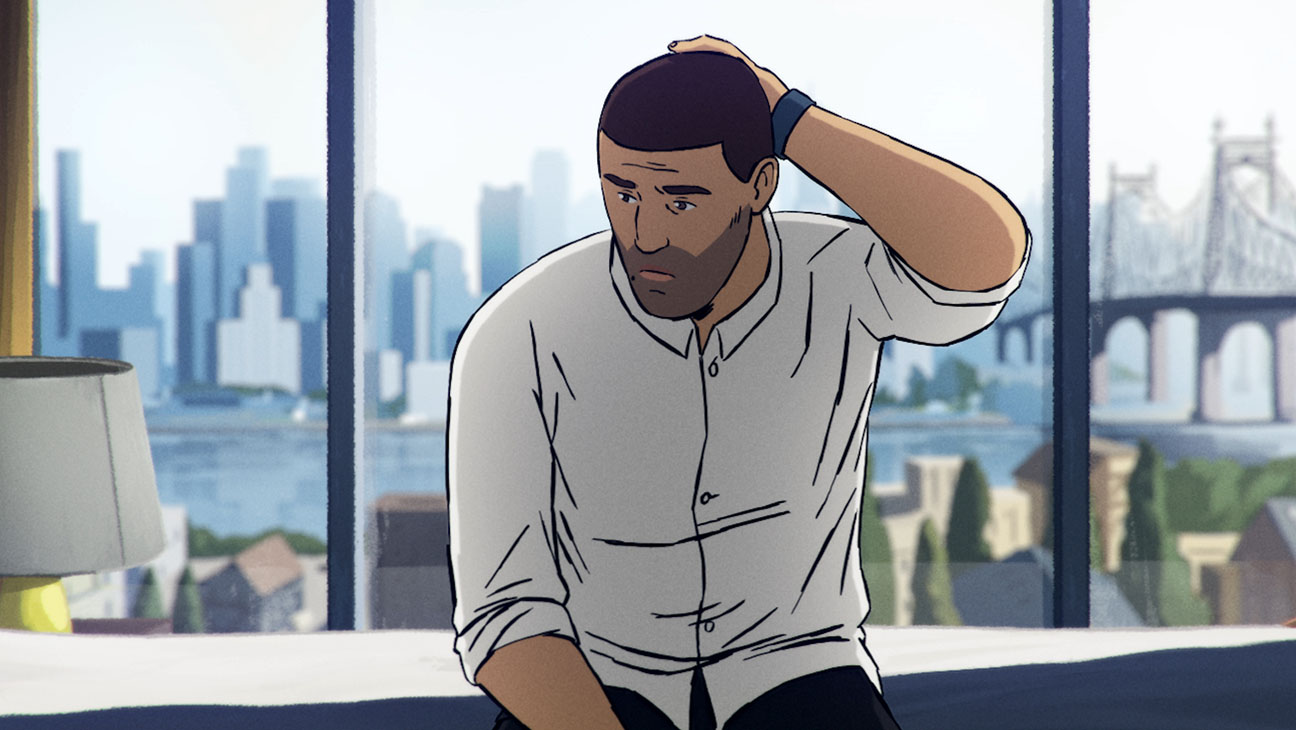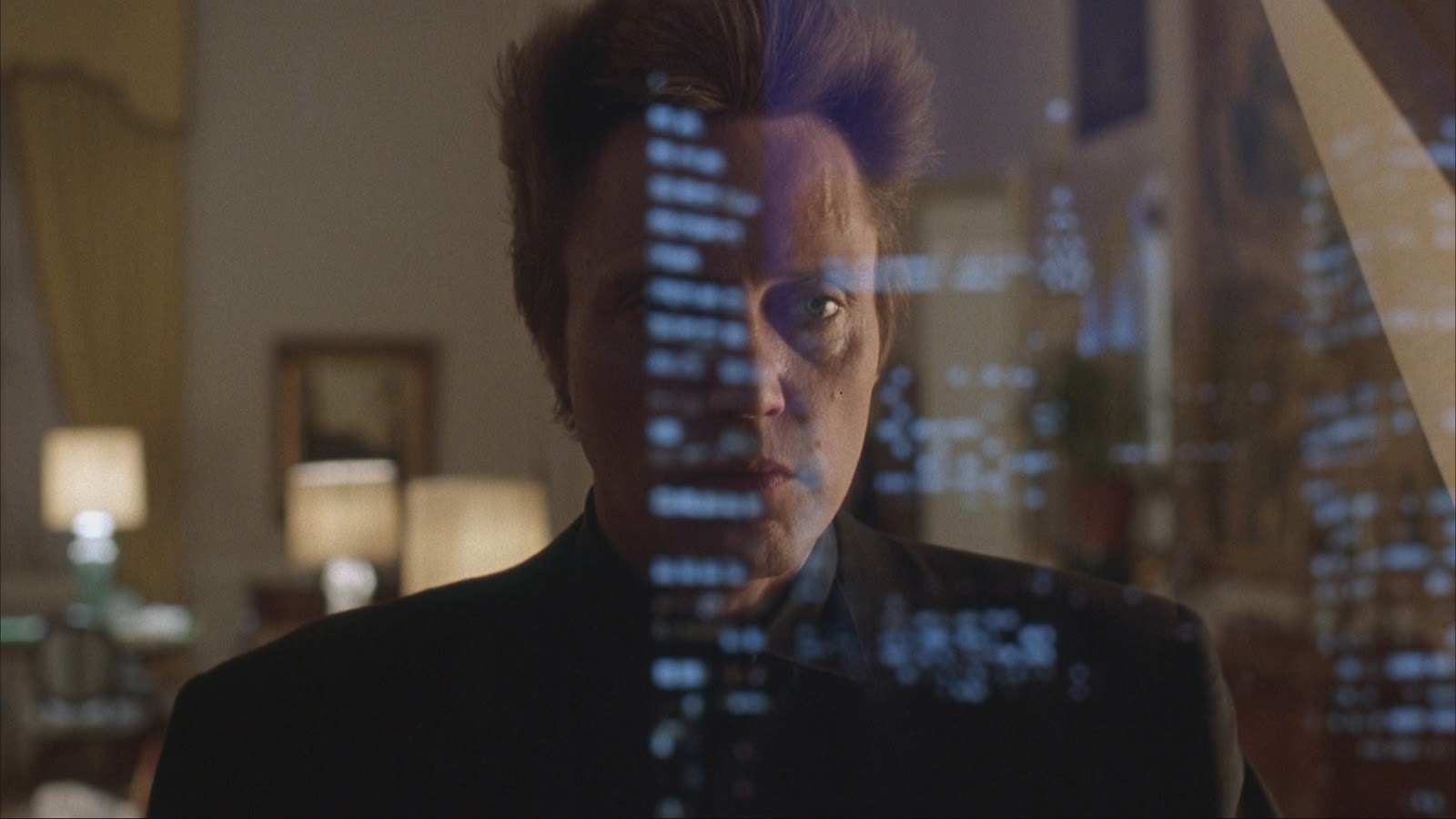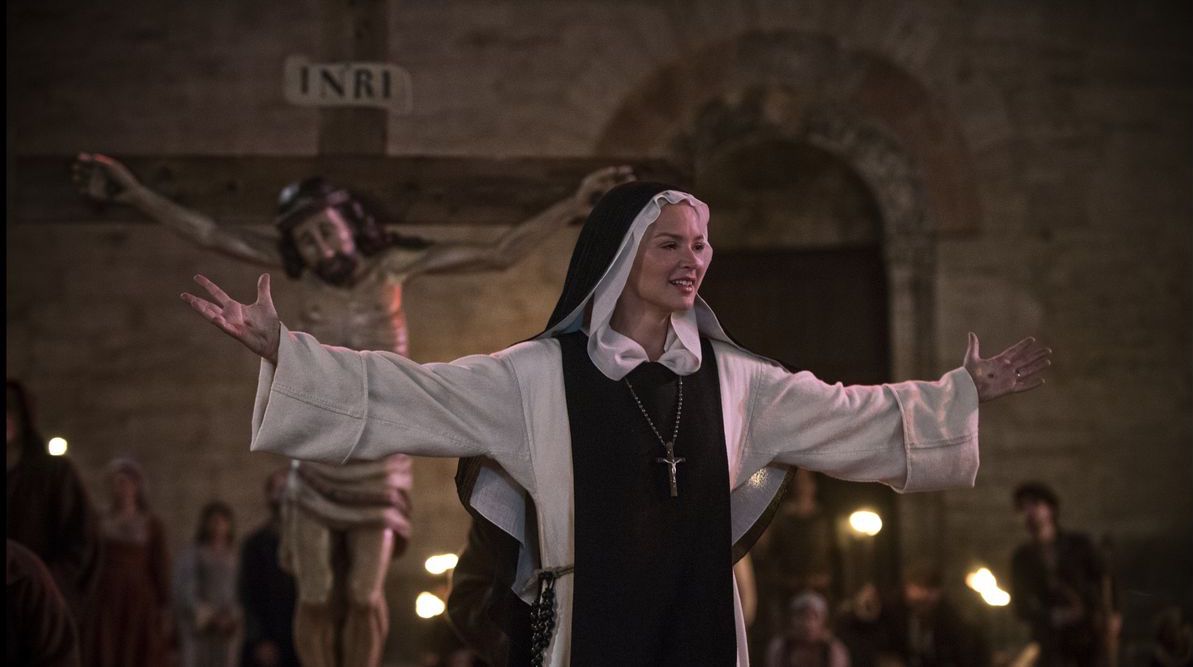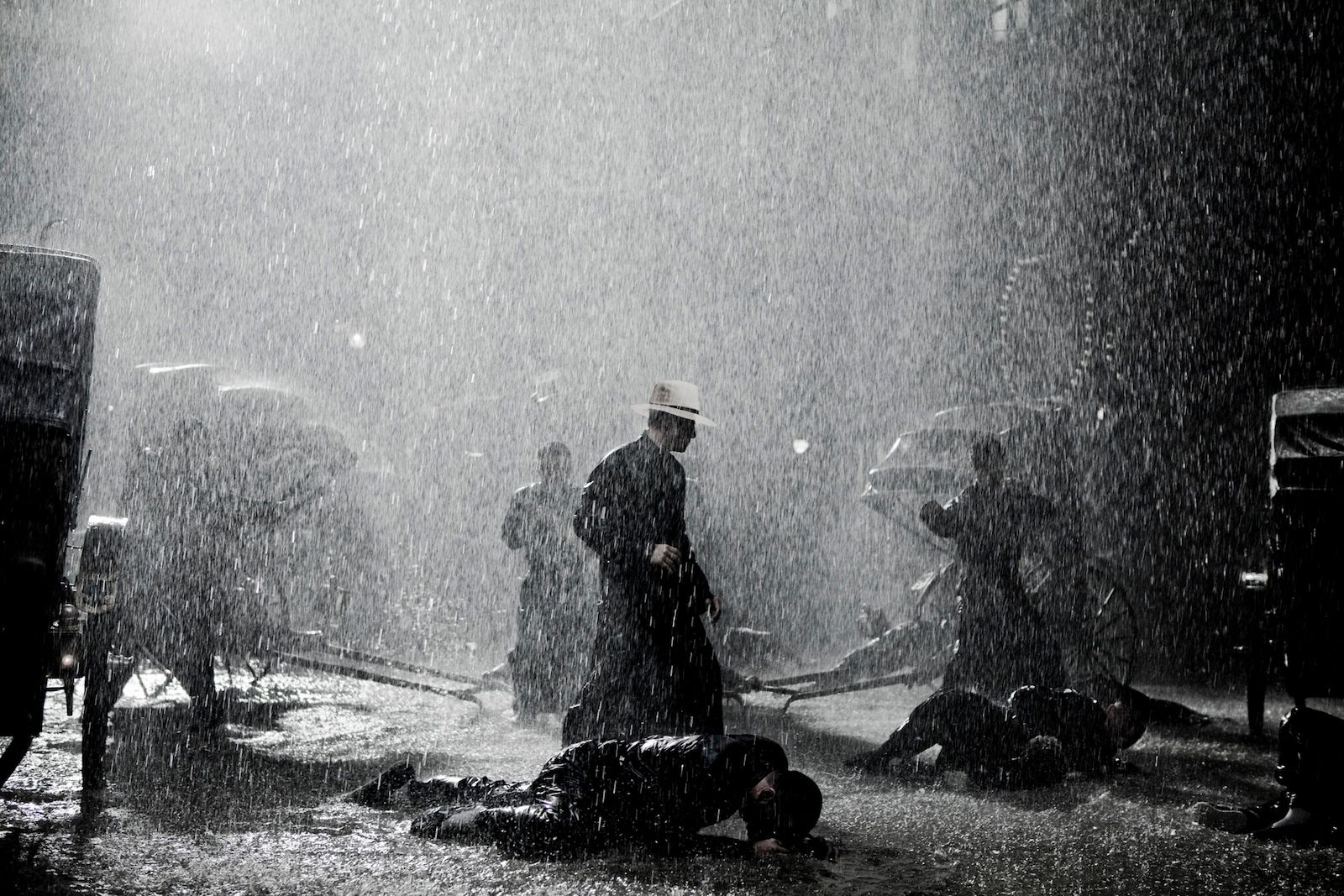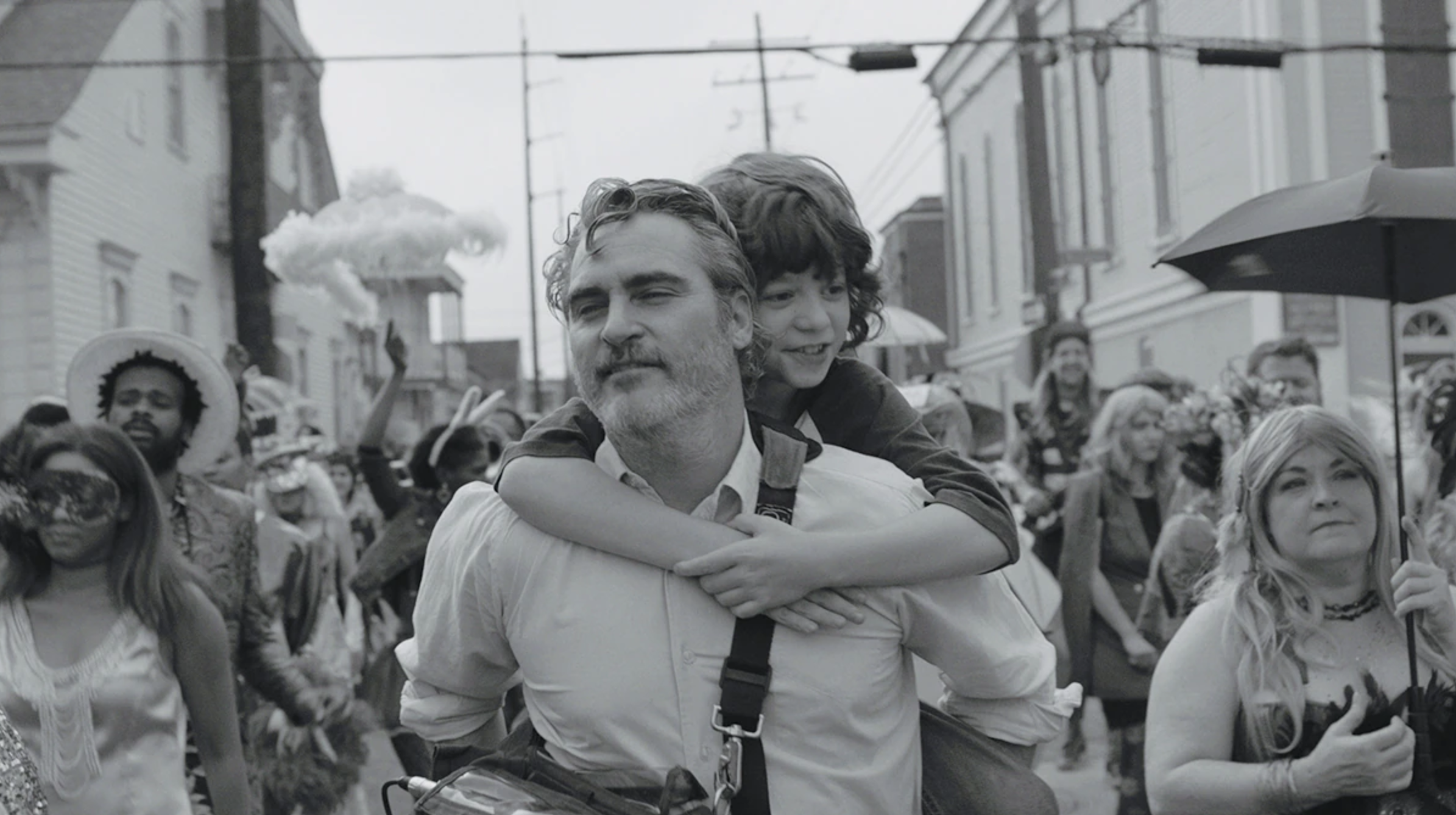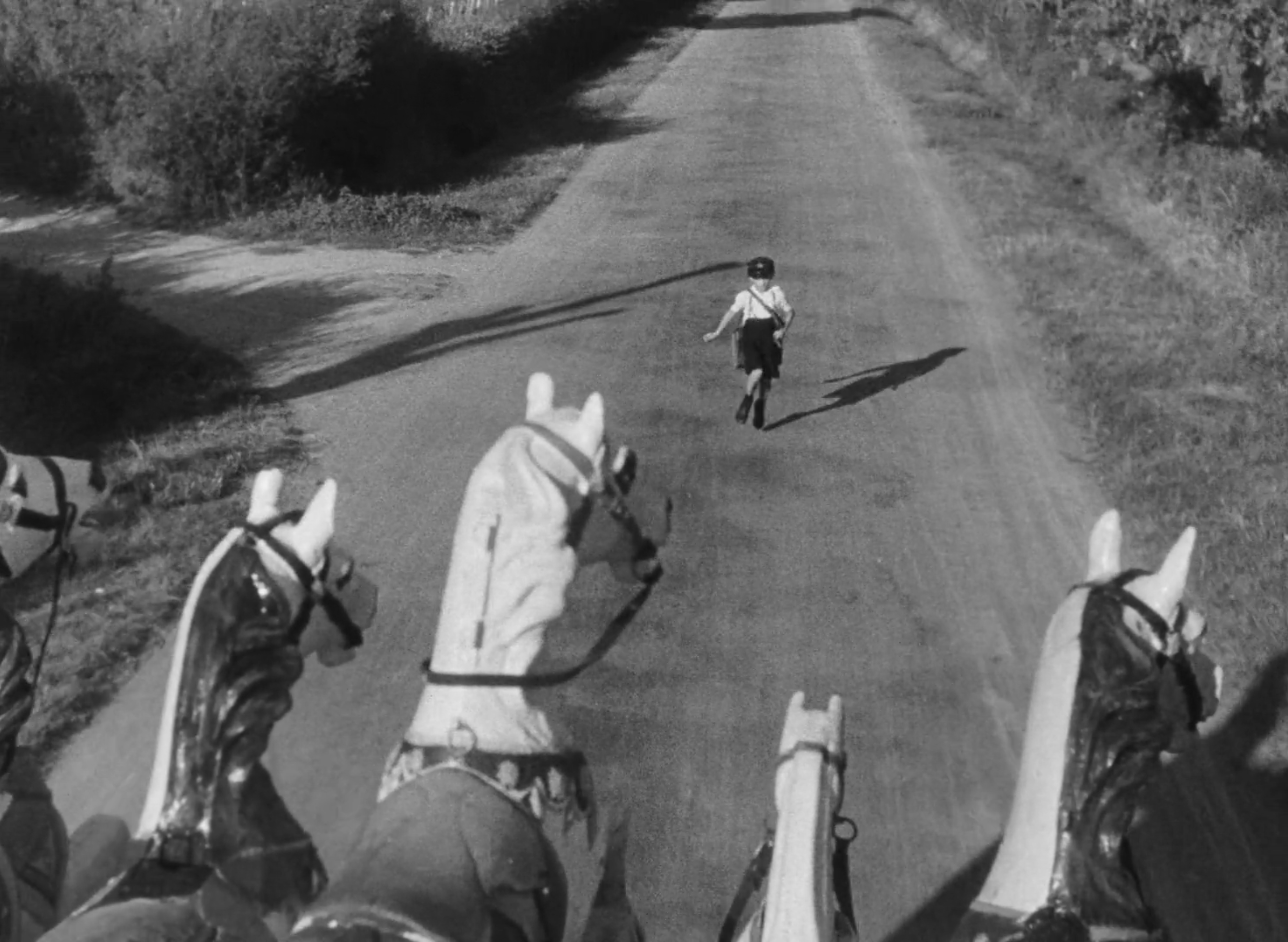Cyrano (2021)
Joe Wright’s elegantly fluid camerawork flourishes in the tragic love story of Cyrano, as even while it struggles against the odd piece of contrived sentiment in its musical numbers, its narrative of classical literary archetypes serves as a perfect canvas for his stunning visual displays of French Baroque beauty.

